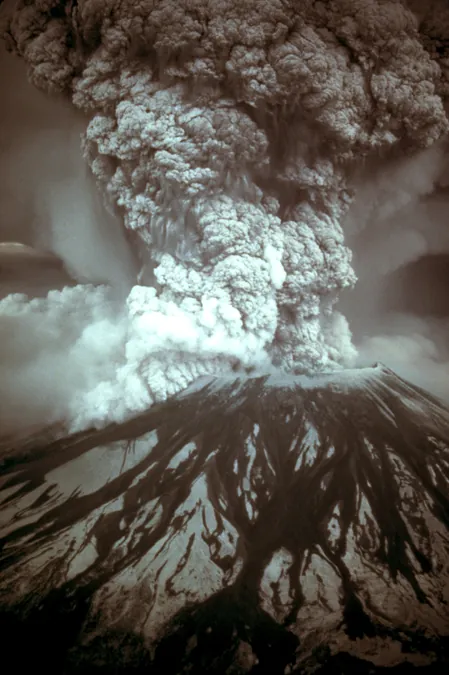
Shocking Study Reveals Hidden Link Between Utah's Radon Gas and Childhood Leukemia Rates
2024-11-14
Author: Ying
In a groundbreaking long-term study spanning 18 years and involving over 700 counties, researchers from Oregon State University have uncovered a troubling correlation between radon gas exposure and rising childhood leukemia rates. This comprehensive research, conducted in collaboration with prestigious institutions including the National Cancer Institute, Harvard University, Imperial College London, and the Environmental Protection Agency (EPA), indicated alarming findings that persisted even at radon concentrations lower than those deemed hazardous by the EPA. Utah was one of the states directly involved in this significant research.
The Alarming Statistics
Annually, approximately 3,000 children in the United States receive a diagnosis of leukemia, a stark reminder of the need to investigate environmental risk factors that may contribute to such diseases. Dr. Matthew Bozigar, the lead epidemiologist for the study, expressed profound concern and curiosity about whether radon exposure could be a potential contributor to childhood leukemia cases.
"In our ongoing research about radon, we are consistently engaging in studies that highlight harmful effects extending beyond lung conditions in adults," Bozigar stated.
Key Findings of the Research
The study indicated that children exposed to radon levels of 1.9 pCi/L or higher experienced an 8% increased risk of developing leukemia, with the risk rising to 12% for females specifically. For context, the average indoor radon level in Utah measures a concerning 5.3 pCi/L, nearly three times the threshold identified by the study.
Because radon is an invisible, odorless, and tasteless gas, testing for its presence is crucial. Leading health organizations, including the American Cancer Society and the EPA, strongly encourage homeowners to conduct radon tests at least every two years to ensure their living environments are safe. In a response to this urgent need, UtahRadon.org is currently offering free test kits to households across the state.
The Need for Continued Research
While this study effectively establishes a statistical association between radon exposure and childhood leukemia, Dr. Bozigar reminds us that this is just the beginning. "We have merely identified associations; further studies are essential to determine the causal relationship between radon exposure and childhood leukemia," he emphasized.
Looking to the future, Bozigar and his team are dedicated to conducting more extensive research on radon, noting, "Our findings may extend beyond this particular study, and we look forward to publishing more results in the coming months and years."
Understanding Radon Gas
Radon is a naturally occurring radioactive gas produced by the decay of uranium found in the soil. Due to the high levels of uranium in Utah, one in three homes in the state is believed to have elevated radon levels. Alarmingly, these statistics may underestimate the true danger, given the infrequency of radon testing in many households.
A Hidden Health Hazard
Radon is the second-leading cause of lung cancer in the United States, resulting in approximately 21,000 deaths each year. Due to its undetectable nature and the often mild symptoms of lung cancer, many individuals do not receive a diagnosis until it is too late. Awareness and regular testing are vital to protect loved ones and reduce risks associated with this invisible health threat.
Steps You Can Take
To safeguard your family from the dangers of radon gas, consider testing your home with a radon testing kit. Stay informed about the risks and take proactive actions to ensure a healthy environment.

 Brasil (PT)
Brasil (PT)
 Canada (EN)
Canada (EN)
 Chile (ES)
Chile (ES)
 España (ES)
España (ES)
 France (FR)
France (FR)
 Hong Kong (EN)
Hong Kong (EN)
 Italia (IT)
Italia (IT)
 日本 (JA)
日本 (JA)
 Magyarország (HU)
Magyarország (HU)
 Norge (NO)
Norge (NO)
 Polska (PL)
Polska (PL)
 Schweiz (DE)
Schweiz (DE)
 Singapore (EN)
Singapore (EN)
 Sverige (SV)
Sverige (SV)
 Suomi (FI)
Suomi (FI)
 Türkiye (TR)
Türkiye (TR)